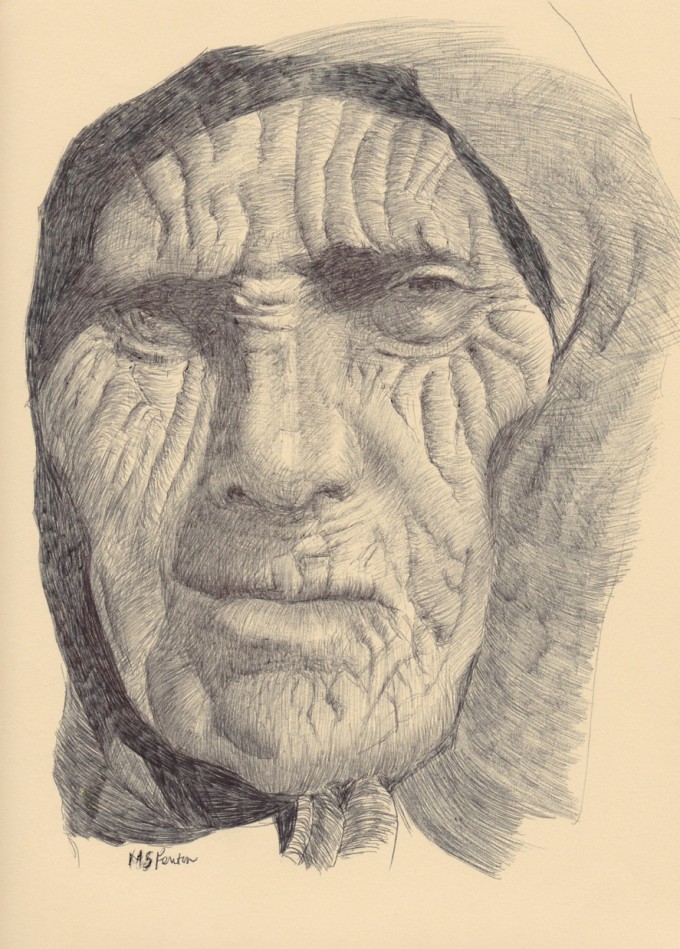Art Heals: Paul Robeson Galleries' Exhibition Examines the Healing Power of Art
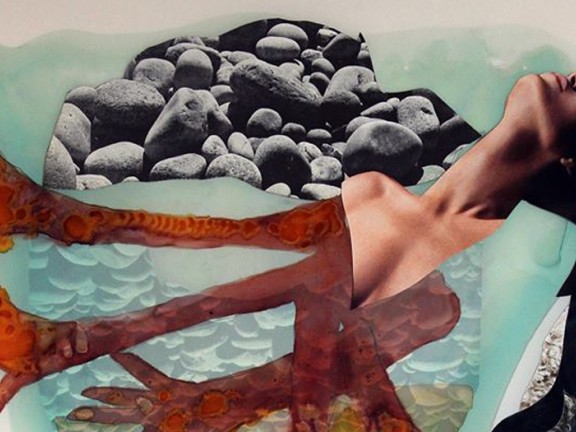
Mike Fenton once had a career loaded with stress, working in human resources for a major corporation, where he oversaw several downsizings. But even when he retired after three decades, Fenton noticed the tension wasn’t gone. “I discovered I literally could not turn my head to back up my car,” he recalls.
That changed when his wife bought him paint and an easel for his birthday. Suddenly, Fenton rediscovered an old passion.
“I hadn’t touched paints in a long time,” says the 75-year-old Parsippany resident, who sketched in his youth and was the art director of his college humor magazine. “But I began to paint almost immediately, and I got re-hooked. A week later, I got in my car to go someplace, and I realized I was able to turn my head. No stiffness. No pain. It was gone. I immediately made the connection.”
That connection is the crux of “Healing Through Art,” an exhibit running through July 30 the Paul Robeson Galleries at Rutgers-Newark that aims to highlight the power that painting, drawing, and other forms of art can have on humans’ health and well-being. Fenton is one of many artists whose work is on display.
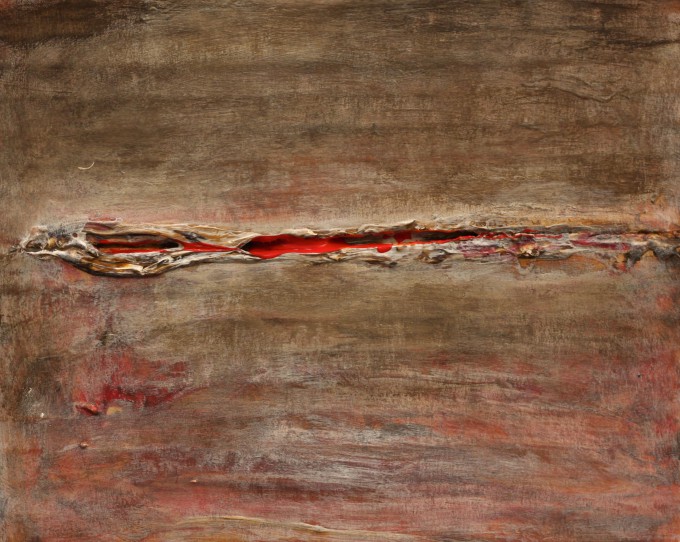
Trung Pham, Crack i, 2014, acrylic on paper, 5 ½”x7”, courtesy of the artist
The show is a collaboration with Atlantic Health System’s Healing Arts program, which uses the arts to soothe patients and help them heal, while also encouraging them to make their own art.
“It helps people understand that something we are innately able to do — create — can be so fulfilling and healthy,” explains Maria Lupo, the program’s manager.
Lupo has been an artist all her life, creating pieces that focus on ecology with natural materials like top soil and plants.
But years ago, she suffered what she refers to a “life traumas,” including being diagnosed with the illness celiac. That’s when she realized art offered something more than a creative outlet.
“When I was at times of stress, art always was a way to sit down, de-stress, and take care of myself,” she says.
Lupo wanted to share that experience. So she studied to become a registered art therapist about a decade ago and began working at Atlantic Health, a nonprofit health care company that runs hospitals throughout northwest New Jersey. She helped develop the Healing Arts program in 2010.
Among the program’s features: music groups for children with autism; a program called Paint Your Pain, in which people literally paint how they feel; and a choir composed of Parkinson’s patients.
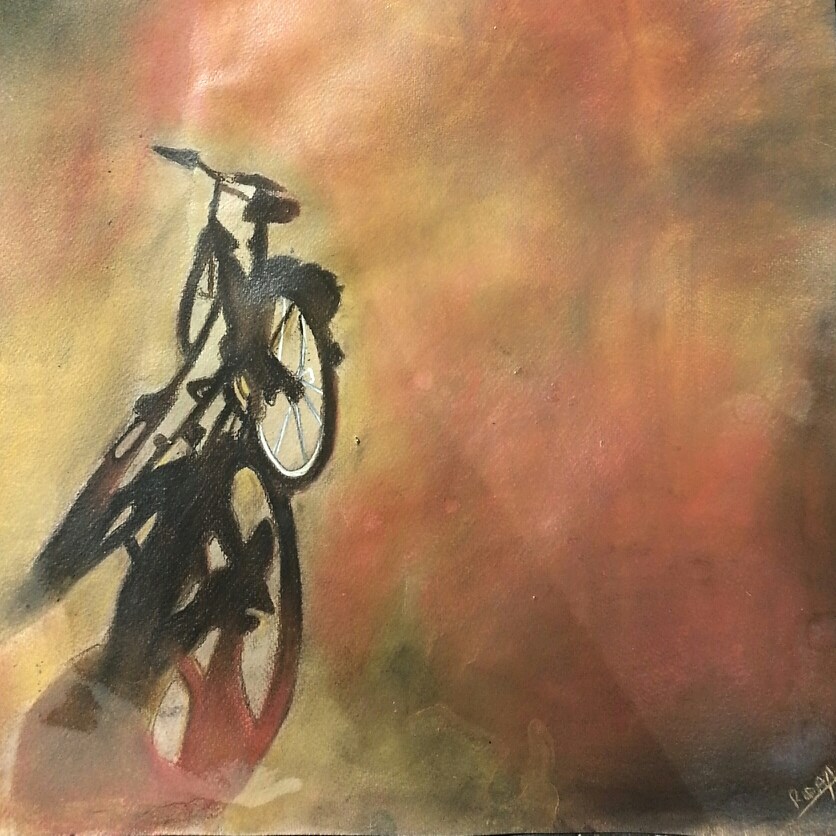
Rida Fatima, "Fond Memories," 2013, acrylic and pastel, 20"x16", courtesy of the artist
The Robeson Galleries heard about the program and asked Lupo and her staff to curate an exhibit. They put out a regional call for submissions from people who felt art helped them heal.
The exhibit features only two-dimensional pieces: photography, paintings, drawings, and collages. The works are accompanied by written personal backstories from the artists.
Among the pieces is “Fond Memories,” an acrylic and pastel painting of a bicycle and its shadow, by Rida Fatima, and "Healing Hands," a mixed media on Mylar, by Jane Dell. “My Left Knee” by Florence Weisz takes the exhibit’s healing theme literally: she made collages of her incision from recent knee surgery.
Fenton, who has been a volunteer at Atlantic Health for eight years, entered a piece called “Babushka” — a drawing done in ballpoint pen based on a photo taken of an old peasant woman in Poland or the Ukraine.
“The wrinkles in her face were like Willie Nelson’s,” Fenton explains. “I love faces that are like that. They are roadmaps and landscapes of life.”
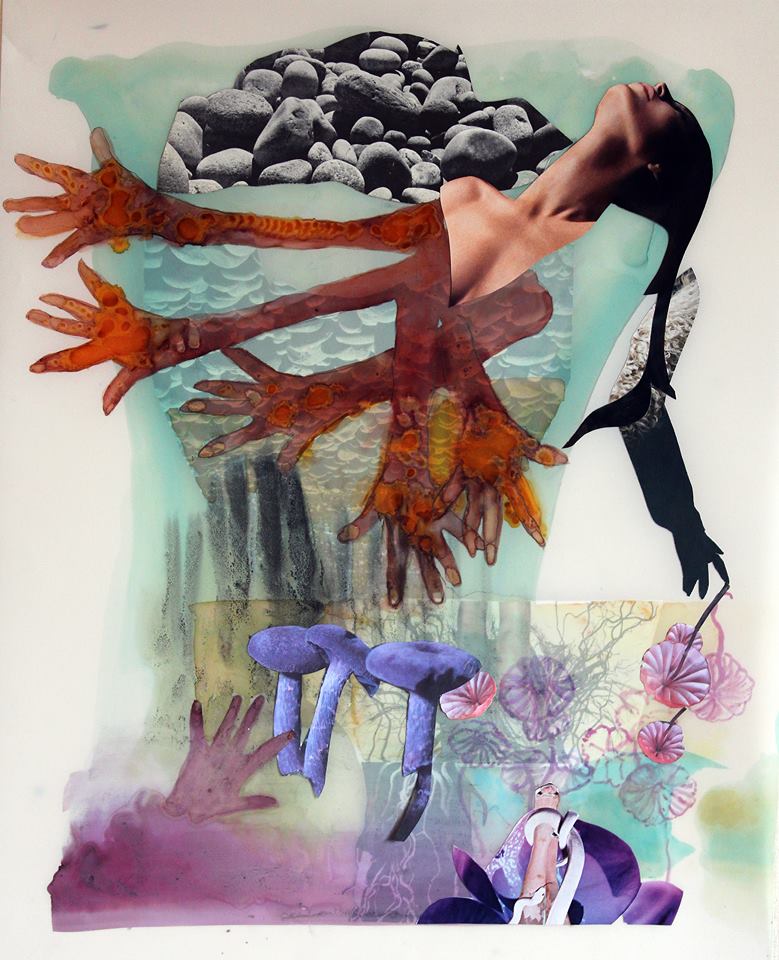
Jane Dell, "Healing Hands," 2013, watercolor ink, collage on Mylar, 19"x15 1/4", courtesy of the artist.
Fenton had given up art years ago to focus on his career. “I figured: ‘I have to make a living. I can’t sit here and draw,’” he recalls. “But it would have been a great balance.”
He’s making up for it now in retirement. He draws every night and paints two to three days a week.
“With my drawings, I multitask,” says Fenton, who grew up in upstate New York but has lived in New Jersey since 1977. “In the summer, I’ve got the Yankees game on while I’m drawing.”
Lupo encourages anyone who’s stressed or ill to pick up a pencil or set up an easel.
“This is a way to heal,” she says. “Either hook up with a group or do it on your own. Be brave. Try it. I always say: Maybe we’re not all at a Picasso level, but we all have the ability to create.”

